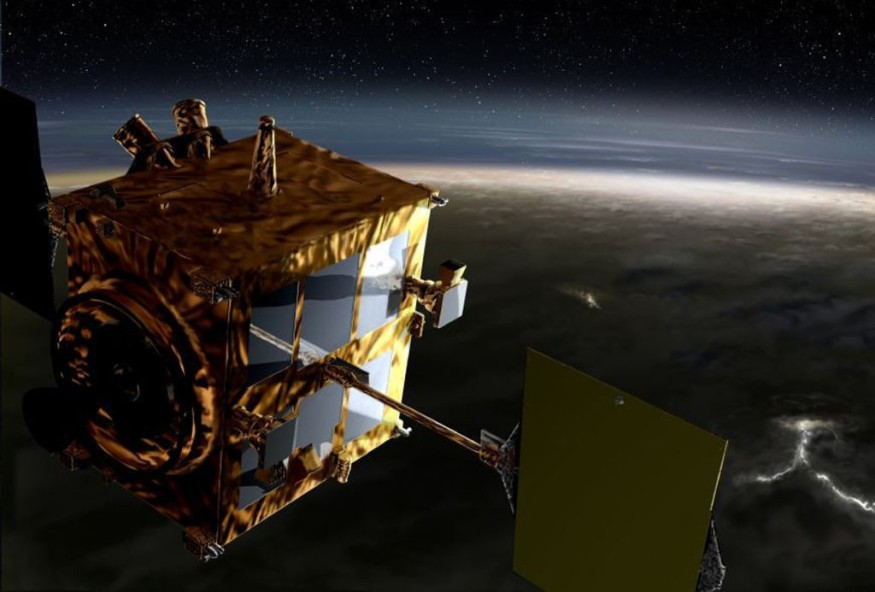Although it is the most talked about, Orion is one of many spacecraft that NASA launched toward the Moon as part of Artemis I. There were also several microsatellites in the cargo hold. Among them, the Japanese EQUilibriUm Lunar-Earth point 6U Spacecraft (EQUULEUS) is the one worth paying attention to now.
IFLScience reports that it will study the plasma surrounding the Earth, but before that, it took some photos of the far side of the Moon.
The tiny satellite is located at a point known only to astronomers as L2. This is roughly 442,600 km from Earth and is the point that ensures that it orbits the Earth with the Moon and that the structure does not move from its position.

JAXA Successfully Launched EQUULEUS
Japanese space agency Japan Aerospace Exploration Agency has announced it successfully used steam to propel EQUULEUS spacecraft launched as one of the payloads aboard NASA's Orion spacecraft.
"This is the world's first successful orbit control beyond low-Earth orbit using a water propellant propulsion system," JAXA said in a statement (per The Independent).
The Japanese space agency affirmed that its water-powered EQUULEUS space probe made the necessary moves to be in its planned orbit toward the second Earth-Moon Lagrange point, which is beyond the Moon.
The Lagrange point EML2 will be reached by EQUULEUS in about 1.5 years.
It was made to show how low-energy technologies can be used to control a trajectory and get to EML2.
Researchers are especially interested in EML2 because it might be a good place to build a deep spaceport for deep space exploration in the future.
Experts have pointed out that long stays at EML2 beyond the Moon could protect long-term missions from radiation in a big way.
Far side of the Moon
Meanwhile, the pictures that EQUULEUS took of the far side of the Moon were terrific, as shown in a tweet.
It will move to the second Lagrangian (L2) point of the Earth-Moon system to do this. This is one of five places where things can orbit around the Earth simultaneously as the Moon.
Other images of the far side were successfully taken and were found to be at approx. 110-160°E. The images show craters of various sizes (1st and 2nd images) and the Mare Moscoviense (2nd image). 3 photos are superimposed on the lunar surface (3rd image). https://t.co/65huJ6EOuX pic.twitter.com/FSHBVO9sDB
— EQUULEUS (@EQUULEUS_en) November 24, 2022
This makes sure that EQUULEUS won't move. L2 is on the far side of the Moon, about 442,600 kilometers (275,000 miles) from the Earth's surface.
It will take EQUULEUS six months to get to L2, where it will stay for another six months to do science. During its closest approach to the Moon, when it was about 5,000 kilometers (3,100 miles) from the surface, pictures of the far side were taken.
RELATED ARTICLE : NASA's Artemis I Performs Lunar Flyby on the Sixth Day of Its Mission, Passing by Apollo Landing Sites
Check out more news and information on Space in Science Times.












